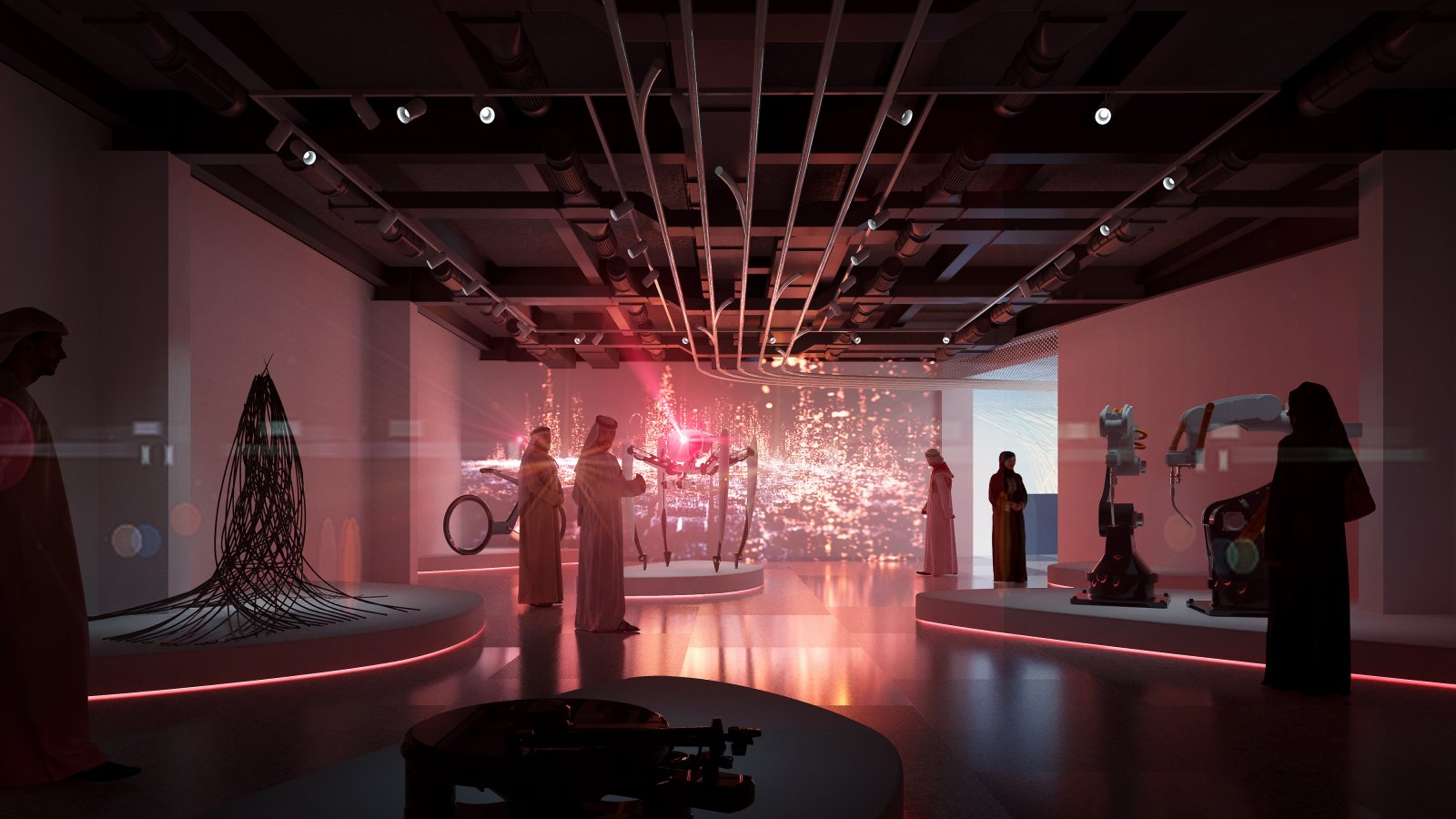

Vinča Culture changed the course of human history because it marked the very first time that humans permanently settled in cities. The 7.000 year-old Neolithic Culture of Vinča Hot Tip: Check out the Chronology of Creativity, charting over 10,000 years of inventions and artistry on Serbian soil. Today, Serbia is busy finding creative and innovative solutions to some of the world’s most pressing challenges, from environmental sustainability to the adoption of artificial intelligence (AI) and from feeding a growing population to the management of public health.Īt the digital exhibitions on the second floor of the pavilion, you’ll discover why Serbia is called the Silicon Valley of the Balkans, why it is a frontrunner in eGovernment, and how it proudly hosts a European Center of Excellence for ICT solutions for agriculture. The theme of the Serbian pavilion is Serbia Creates Ideas Inspired by the Past, Shaping the Future and it celebrates a nation with creativity and innovation embedded deep within its DNA. Serbia Creates IdeasĪside from being one of the few countries in the world that have a National AI Strategy, and one of the first countries to introduce coding as mandatory subject in elementary schools, Serbia's creative industries are one of the fastest growing branches of the economy. Metahuman may be number one, but there's nine more good reasons to visit: 2. This is then transport reconstructed face to the digital biokinetic model which simulates his facial gesticulation.” We used those data to support physical reconstruction of the face based on skull bones. The methods include state of the art protocols for bone studies, such as isotopic study to reconstruct diet, a tooth cementum annulation method to reconstruct precise age at death, computer tomography to reconstruct level of physical activity and 10x deep ancient DNA sequencing to reconstruct the color of skin, eyes and hair and to find out some other phenotypic characteristic, such as tolerance to lactose or muscle performance. “We use a novel technology called Digital Ancient Human (DAH) which combines a number of different methods to produce a scientifically-based osteobiography of ancient people.

Serbian scientist Sofija Stefanović, associate Professor at the Department for Archaeology, University of Belgrade, who stands behind this project along with experts from a domestic Serbian gaming company, explains the remarkable achievement: He was buried in the “lotus" position, indicating he had important role within his community. We now know that he was about fifty years old when he died, was around 178 cm tall, weighed 70 kg and ate a substantial diet of fish. The first Digital Human Technology project is the face of a Neolithic man whose remains were discovered at the site of Lepenski Vir in eastern Serbia, on the banks of the River Danube.

Serbian scientists call this Digital Human Technology (DHT). They have combined the knowledge gained from the study of bones (osteology) with DNA science and other forensic processes, not only to create an accurate, realistic 3D face of a man who died ten millenia years ago, but to animate it and to bring it to life with genuine, responsive facial expressions. Serbian scientists however have taken this science to a new level. Its sustainable and thus ecological message is not only conveyed by the images of contents, but also by the technology of the construction and the materials used.Archaeological reconstructions of ancient faces have long been known. This pavilion is environmentally friendly, its construction and operation is economically using water and energy. The exterior shell reflects the extreme temperatures of the location with scarcely applied glass expanses, whilst the use of glass facades is also harmfully overused in modern contemporary architecture. The exclusively timber-structured pavillion functions as a warning parable: a nice and soft warning is echoed against the roar of numerous and gigantic, imposingly tragic dystopian urbanism of Dubai and the United Arab Emirates using exclusively water technology concrete structures that are hard to degrade. A spiral ramp tapered upward guides the visitors’ attention towards the sky between the dome and the crown-wreath upward. It is actually a dual shell house with an emphatically exposed timber structure and interior dome space its second outer „skin” is the facework and a crown structure. Architect Lőrinc Csernyus was inspired by the oeuvre of Imre Makovecz and his Seville project when working on the Hungarian Pavilion. Organised in 2021, the Dubai World Exhibition 2020 kept the original concept introduced in 1851, which means that it addresses the major global issues as the showcase of nations with national pavilions.


 0 kommentar(er)
0 kommentar(er)
